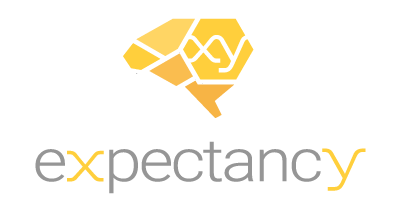Remote working is on the rise. In fact, analysts are predicting that 50% of the workplace will be working remotely by 2020. It’s not that surprising when you take the benefits into consideration. Remote working eliminates commuting time and geographical constraints, minimizes stress and overhead costs, positively impacts the environment and work-life balance. Although there are great benefits to remote working, it can be challenging for managers to ensure remote workers are onboarded and trained properly. How can organizations ensure that the onboarding opportunities are consistent for both remote and in-house employees? Below, we discuss how online onboarding programs can help!
Onboarding is the first impression an employer makes on a new employee. Managers tend to spend hours onboarding and training new employees. Organizations can minimize the time managers spend on this process by creating online onboarding courses. These could benefit both remote and in-house hires. Since the courses would be offered online, it would help ensure that each employee, regardless of their location, would have access to the same, consistent content. In addition, new hires would be offered the opportunity to take the online courses at their own pace.
Online courses shouldn’t fully replace manager involvement in a new hire’s onboarding. We recognize that it is important for new hires to build connections with their team. We suggest that organizations pair online courses with frequent new hire check-ins, whether those are in person, over Skype, or over the phone. These check-ins are a great time to clarify any questions about the content presented in the onboarding course and to build rapport with your new hire. Blended onboarding is a valuable approach. A blended learning approach is when online course materials are mixed in with live webinars, campus visits, collaborative assignments, social learning, etc. A blended onboarding approach can be particularly impactful for remote workers, giving them additional ways to connect with their team and company culture.
Although managers shouldn’t fully remove themselves from the onboarding process, here is a list of topics that can easily be covered in an online curriculum. Creating a curriculum around these points will save managers a lot of time in the long run.
- Company overview
- Company history
- Mission, vision, values
- Company value proposition
- Company culture overview
- Clients
- Office information – security, office access, cafeteria, policies, dress code
- Role Overview
- How it contributes to the success of the company
- Responsibilities
- Standards of work
- How success will be measured in the role
- First assignments
- Team member overview
- Overview of tools, technology, and software programs that will be utilized in the role
- Communication and collaboration standards and expectations
- Overview of processes that will involve the new hire
- “The way things are done around here.”
- Compliance training
- Quizzes can be woven into various sections of an online course
A partner like Expectancy Learning can help your organization deliver successful onboarding, training, compliance, and development courses to your employees. Expectancy’s mobile-optimized platform allows both remote and in-house employees to access streamlined content any time, anywhere. Is your organization looking for ways to improve their onboarding program.


